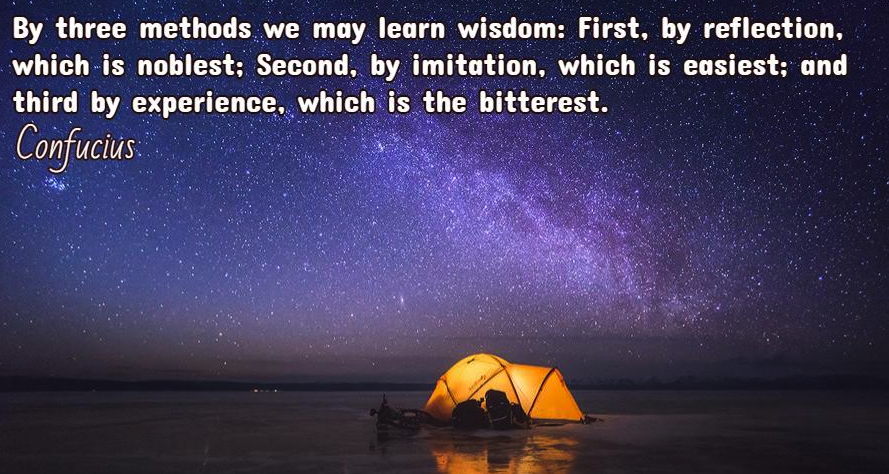Digital Citizenship and Cybersafety – is it a subject to be taught or integrated into everything?
This week we welcome one of the most passionate educators I have in my PLN, Beverly Ladd. Beverly is a 2nd Grade Lead Learner from USA and it is my pleasure to have her co-moderating with me.
This week we take a look at digital citizenship, cybersafety and digital footprints. A core subject area that links across all curriculum areas within our schools. With more access to technology brings more opportunities to connect and engage. This opportunity also brings negative consequences. As 21st Century Educators we need to support our students through quality digital citizenship learning.
This week #whatisschool takes a look at digital citizenship and how in today’s 21st century classroom, educators across the globe are tackling this topic.
Our chat times for around the world are:
- Thursday 4pm Pacific Time
- Thursday 6pm Central Time
- Thursday 7pm EDT
- Thursday 11pm GMT
- Friday 7am Singapore/WA (Perth) Time
- Friday 9am AEST
- Friday 11am NZT
Join the conversation on Thursday 7 May at 7pm EDT (Thursday 11pm GMT, Friday 9am AEST, 11am NZT, 7am Singapore) as we discuss What Is School? #whatisschool
Questions #whatisschool, May 7, 2015 7PM EDT
1) What does Digital Citizenship mean to you? How are you a responsible educator?
2) What are the Characteristics of a digital citizen? Does it differ between age groups? How?
3) What does Digital Citizenship Learning look like at different age levels?
4) How can we make Digital Citizenship part of a school’s culture?
5) What is the most important element of a Digital Citizenship Program and why?
6) Share your favourite Digital Citizenship resource, image, video, link, article or program.














